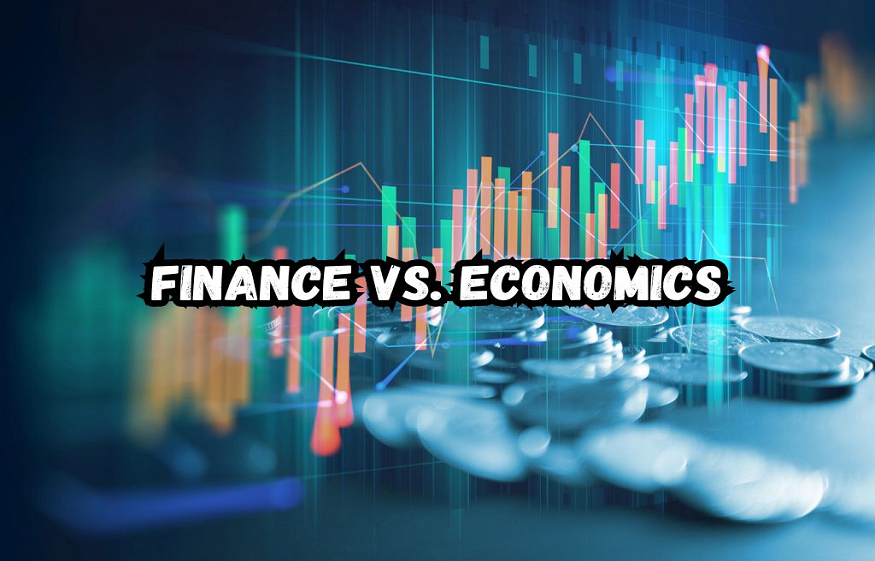
In an op-ed published on July 26, 2011, Alan Greenspan criticized regulatory reforms aimed at increasing capital buffers in the financial sector. The former chairman of the US Federal Reserve argued that such policies would lead to a buildup of ” dormant resources that could be used to produce goods and services,” but which are instead being devoted to “fighting crises that only occur every fifty or hundred years,” thereby leading to “excessive margins at the expense of our living standards” (Greenspan, 2011).
This op-ed by Allan Greenspan sparked a debate about capital buffers: should they be considered dormant resources, or can they make the system safer without negatively impacting credit availability (e.g., Krugman, 2011; Cowen, 2011)? To my knowledge, however, the debate did not address another implicit assumption suggested by Allan Greenspan’s theory: that larger financial sectors are always good for economic growth, and that policies that lead to a reduction in total lending can have a negative impact on living standards. This review article aims to test this assumption. However, it will not address the costs and benefits of financial globalization and capital account liberalization.
The main message of this article is that, although financial development is generally beneficial for economic growth, there is a threshold at which finance begins to have a negative return, perhaps due to the increased macroeconomic volatility it induces. Since most developing countries fall below this threshold, they could benefit from financial deepening. However, these countries should remain cautious when implementing reforms aimed at liberalizing their financial systems. Indeed, rapid changes can alter the incentives of bankers and regulators and thus lead to financial crises. Gradualism should prevail over radical reforms.
This article is structured as follows: Part 2 summarizes the roles of finance, defines financial efficiency, and discusses the reasons why financial systems may become “too big.” Part 3 discusses Part 4 draws implications for developing countries, and Part 5 presents policy conclusions.,
Why is finance important
Without a functioning banking system and payment system, it would be impossible to manage the complex set of economic relationships required by a decentralized economy characterized by a high degree of division and specialization of labor.
The roles of finance
reduction of transaction costs by improving the allocation of capital through the production of ex ante information on investment opportunities; and 4. by increasing the propensity of investors to finance new projects through ex post controls and corporate governance.
With regard to the first point, this involves focusing on the “mobilization” rather than the “creation” of savings. Although the neoclassical literature on economic growth focuses on the primacy of savings, Bagehot (1874) emphasized that the main constraint on a country’s ability to finance large projects was not the savings rate per se, but the ability of the financial system to pool and allocate resources. Profitable investment projects often have two characteristics: they require a large amount of capital and they tend to be risky. Few individual investors possess the capital necessary to finance such projects. Moreover, even those who do possess this capital may be reluctant to invest a considerable portion of their wealth in a single risky project. In the absence of a mechanism to diversify risks across different projects, individual investors prefer to allocate their money to low-risk, low-return projects. Such an investment strategy has a negative impact on growth and innovation. To be effective, a financial system must provide a mechanism that allows large and small investors to spread risks (in the form of debt or equity) across multiple projects. Since the failure of one project cannot lead to the failure of others, diversification reduces the total risk borne by each investor and provides an incentive to invest in high-return projects.
The second point relates to the fact that specialization and division of labor, which are at the heart of modern market economies, would be impossible without an efficient payment system.
The third point refers to the fact that credit is an information-intensive activity. Gathering information about the viability of a given project or the creditworthiness of a given borrower involves significant fixed costs, and financial intermediaries that bring together many small investors are spread around these fixed costs. This mechanism, combined with risk diversification, led Joseph Schumpeter to say:
He the banker] has, so to speak, replaced and prohibited the private capitalist; he has himself become the capitalist. He has an intermediate position between those who want to carry out new combinations and the owners of the means of production.
This results in the paradox of Grossman and Stiglitz (1980) according to which, in the presence of an efficient market
While it is costly to gather information, it is easy to replicate it. Therefore, even large economic agents will have little incentive to gather information if they believe that their actions are likely to reveal this information and thereby produce positive externalities. Liquid stock markets may provide the right incentive to gather information because market participants will be able to conduct transactions without causing large price movements and thus without revealing their information .




